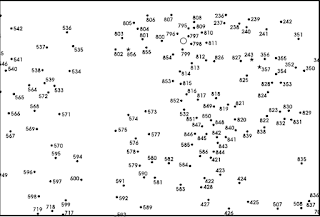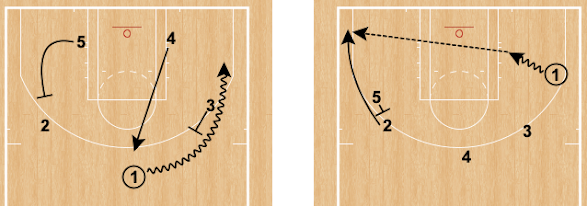Anne Lamott teaches writing and shares the life of a writer. "Bird by Bird" is the metaphor for navigating the writing (and coaching) process.
Stay culturally literate. In her book she shares that her brother had procrastinated a report and lamented the nearing deadline. He asked how he could possible finish. His father said, "bird by bird."
Bird by Bird reminds us of "step by step" or Coach Popovich's "pound the rock." What messages resonate with our basketball process?
1. Find your own voice. Authenticity means taking risk and recognizing our emotional stake. For me, respecting team members is central.
2. Believe. Ups and downs are part of the process, especially teaching young players. "Good writers...don’t worry about whether they’re good writers." Even at our best, we will suffer skeptics.
3. Practice. To write well, write often. To coach and play better, do the work and build strong habits - pick them, stick with them, check that you're sticking. Pick, stick, check
4. First drafts won't be great. Michelangelo didn't craft 'The Pieta' on his first encounter with marble. Whether or not "10,000 hours" is the standard, keep revising the process. Obsess the product. "Player development is Job One." Are we the same coach that you were twenty years ago or are we working up to our Sistine Chapel?
5. Know our characters. What are our players' hopes and dreams? Ask how we can further their achievement. Let them know how to consolidate their strengths and lessen their weaknesses.
6. Sweat the details.
- "The ball is gold."
- "It's not your shot it's our shot." (Jay Bilas, Toughness)
- "Win this possession/Be here now."
- Everyone can be a great teammate.
- Respect the game, officials, opponents, and teammates.
7. Recognize and share our weaknesses. Claiming to be perfect makes us less credible. Think about it. Have we ever made a coaching mistake? Of course! We learn that we can't develop every player and that every decision doesn't work.
8. "Seek understanding not validation." Figure it out. Help players and teams become their best. "Are we building a program or a statue?" Stay humble.
Lagniappe. "Repetitions make reputations."
Lagniappe 2. Sequentially screening drop coverage "Gortat Screen"
- Teach
- Be specific.
- Sweat the details.
- Give and get feedback.
- Keep grinding.























